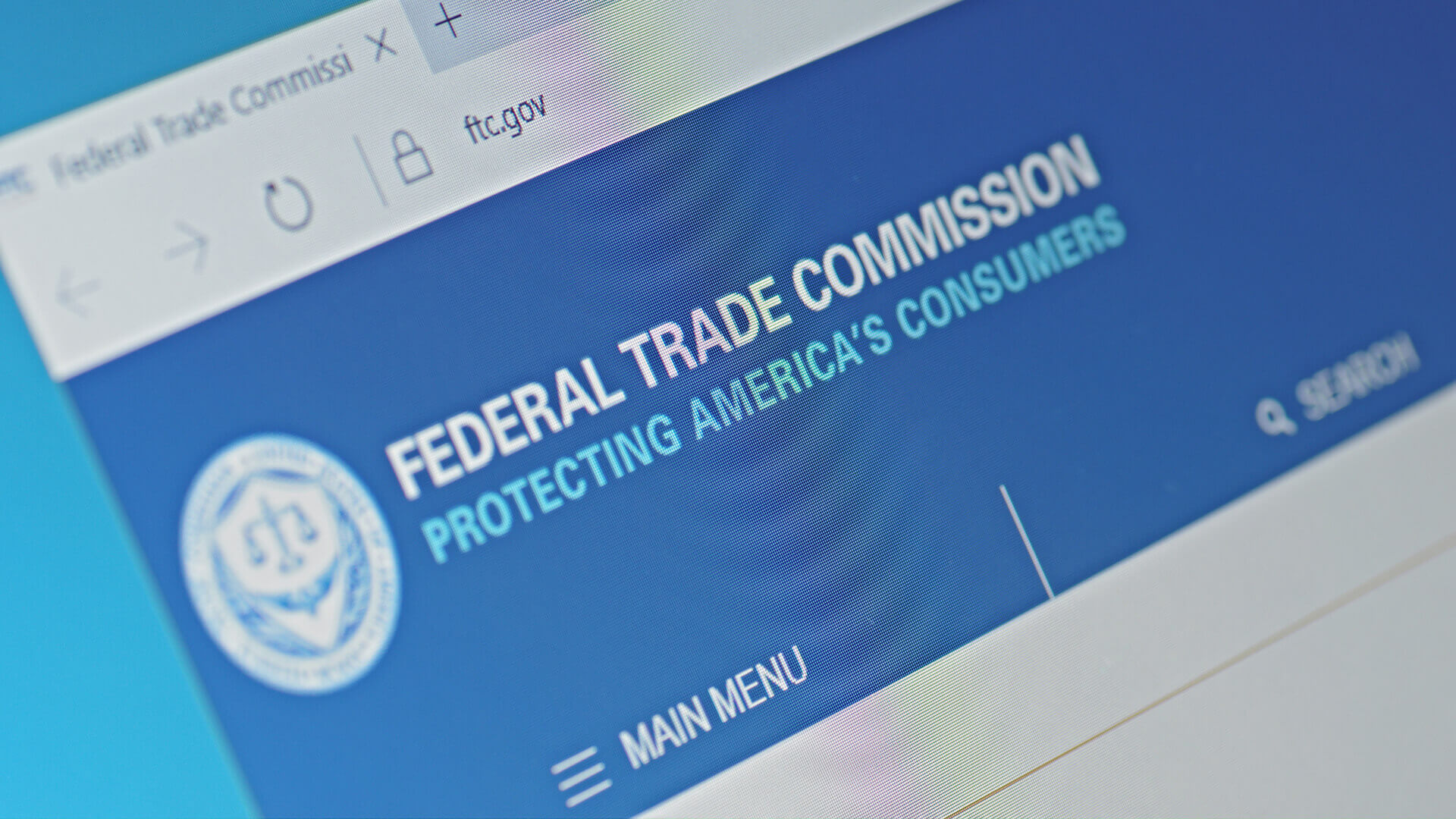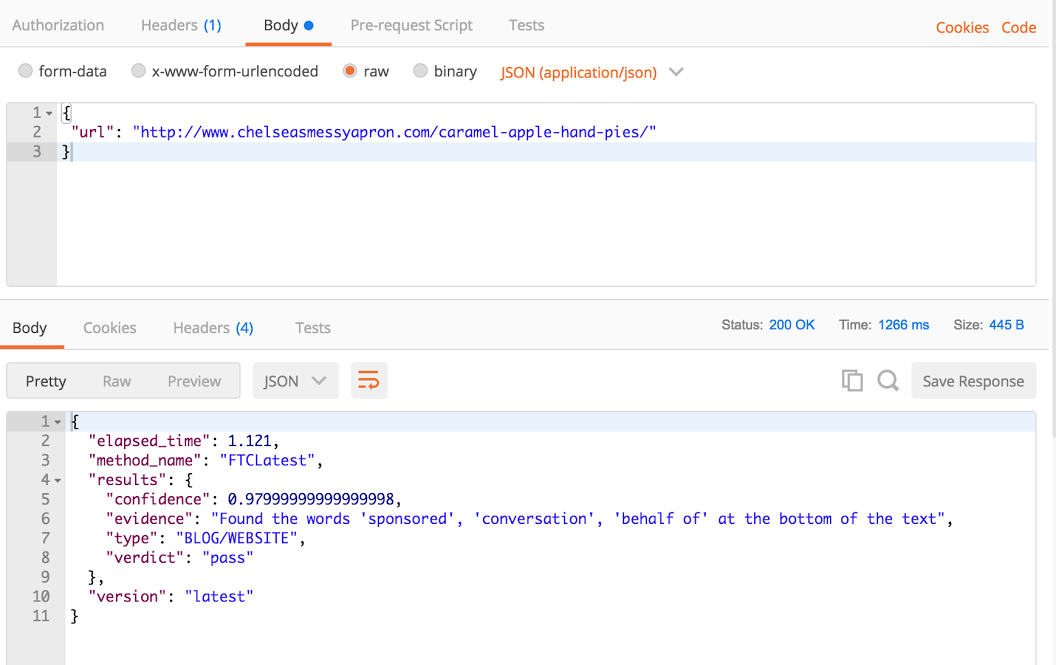TapInfluence adds tool to automatically check influencers’ posts for FTC compliance
The Auditor — which TapInfluence says is the first of its kind — tells brands and influencers in the network whether acknowledgement of sponsorship passes Federal Trade Commission guidelines.
Influencer marketing — where bloggers, YouTube celebrities and others are paid to wax enthusiastic about a new shampoo or whatever — is a Wild West with rapidly moving boundaries.
In the US, the Federal Trade Commission (FTC) acts as a tough sheriff trying to cover millions of acres of territory with few helpers, as it orders sponsors here and there to cease and desist when influencers in those sponsors’ campaigns post an endorsement that doesn’t adequately identify itself as sponsored. Recent examples include Lord & Taylor and Warner Brothers, both last year.
To help the sponsors and 52,000+ influencers in its network avoid this kind of rough justice, influencer marketplace TapInfluence released this week The FTC Auditor, which it says is the first automatic compliance tool for influencers.
There certainly is a need, according to research conducted by research firm Altimeter with TapInfluence. They found that only about a third of marketers follow up with influencers to make sure they are adhering to the FTC guidelines.
“The real test,” Michael Osheimer of the FTC Ad Practices Division has said, “is: did the consumer read and comprehend [the disclosure of sponsorship].”
Some of the conditions are that disclosures must be clear and conspicuous, close to the content and appropriate for the medium.
The URL for every post or tweet from TapInfluence influencers is automatically entered into the tool as part of an audit of posts during or after a campaign. The screen below shows what happens in the background, resulting in a spreadsheet of pass/fail results that is then delivered and discussed with the sponsoring brand or agency.
The Auditor runs natural language processing to parse what kinds of sponsor acknowledgement exist and whether they are sufficiently prominent, such as a hashtag or a note indicating sponsorship. The tool is currently designed for text and not image or video recognition, although it can process video metadata. TapInfluence Head of Data and Marketplace Jason Merkoski told me that the FTC is mostly concerned about text-based acknowledgement.
It then generates a score that indicates whether the post’s acknowledgement passes or fails the guidelines. Merkoski said that a pass or fail score is accurate 95 percent or more of the time.
Sometimes, the tool decides it cannot make a determination, in which case the post has to be manually examined. In those cases, Merkoski said, the tool is also highly accurate in its ability to recognize when the acknowledgement’s compliance is unclear. He added that it’s up to the brand or the influencer to take any resulting action.
The FTC guidelines, he said, are not explicit in their definition, so the tool has to make some inferences. It employs machine learning that has been trained against years of TapInfluence’s history of social influencer posts, in order to discern patterns of what complies and what doesn’t.
Marketing Land – Internet Marketing News, Strategies & Tips
(55)







